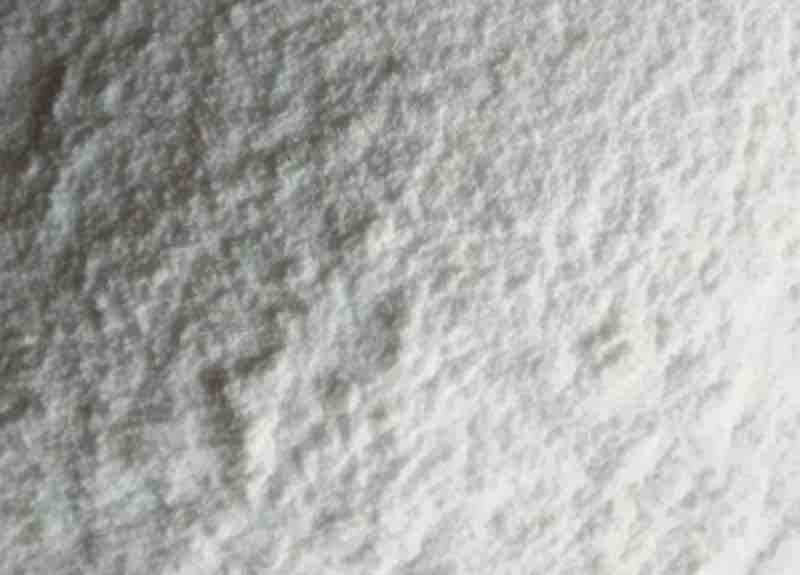
Ensuring Effective Integration with Drilling Fluid Additives
When it comes to drilling operations, the compatibility of PAC LV is a crucial consideration. This holds true for Polyanionic Cellulose Low Viscosity (PAC LV) as well. To ensure optimal performance and avoid any adverse interactions, it is essential to assess the compatibility of PAC LV with other drilling fluid additives. Let’s explore the factors involved in determining the compatibility of Polyanionic Cellulose low viscosity and the importance of conducting compatibility tests.
Understanding PAC LV Compatibility
PAC LV is commonly used as an additive in drilling fluids to enhance viscosity, fluid-loss control, and overall drilling efficiency. However, different drilling fluid systems may contain various additives, each serving specific purposes. It is necessary to evaluate how Polyanionic Cellulose low viscosity interacts with these other additives to ensure that their combined effects remain beneficial and do not compromise drilling performance.
Factors Influencing PAC LV Compatibility
Several factors can influence the compatibility of PAC LV with other drilling fluid additives. These include:
Table of Contents
ToggleChemical Interactions: Additives with different chemical compositions may react with PAC LV, leading to unintended consequences. It is crucial to understand how PAC LV interacts with other additives and identify any potential chemical incompatibilities.
Physical Properties: Physical characteristics such as viscosity, pH, and temperature sensitivity of Polyanionic Cellulose low viscosity and other additives can impact their compatibility. These properties should be evaluated to determine whether they are compatible under the specific drilling conditions.
Performance Effects: Compatibility tests can assess how the presence of Polyanionic Cellulose low viscosity affects the performance of other additives and vice versa. This evaluation ensures that the desired functionalities of each additive are not compromised or diminished when used together.
Importance of Compatibility Tests
Conducting compatibility tests is essential before introducing PAC LV into a drilling fluid system. These tests involve blending Polyanionic Cellulose low viscosity with the other intended additives and monitoring any changes in the fluid’s properties and performance. Compatibility tests serve the following purposes:
Identifying Incompatibilities: Compatibility tests help identify any adverse reactions or incompatibilities between PAC LV and other additives. This information allows for adjustments to the drilling fluid formulation to ensure compatibility and optimize performance.
Optimizing Additive Concentrations: Compatibility tests provide insights into the ideal concentrations of Polyanionic Cellulose low viscosity and other additives for achieving the desired drilling fluid properties. By optimizing the concentrations, operators can maximize the benefits of each additive without compromising compatibility.
Mitigating Risks: Compatibility issues can lead to severe consequences such as fluid instability, reduced drilling efficiency, or even wellbore damage. By conducting compatibility tests, potential risks can be identified and mitigated before they escalate into significant operational challenges.
Industry Best Practices
To ensure PAC LV compatibility, it is advisable to follow industry best practices, including:
Consulting with Experts: Seek guidance from drilling fluid specialists who possess the knowledge and expertise to assess PAC LV compatibility with other additives. They can provide valuable insights and recommendations based on their experience.
Testing Different Formulations: Consider testing multiple drilling fluid formulations with varying concentrations of Polyanionic Cellulose low viscosity and other additives. This approach helps identify the most compatible and effective combination for the specific drilling conditions.
Continuous Monitoring: Once a compatible drilling fluid formulation is established, continuous monitoring of fluid properties during drilling operations is crucial. Regular checks allow for timely adjustments to maintain compatibility and optimize performance.
By adhering to these best practices and conducting thorough compatibility tests, operators can ensure the successful integration of Polyanionic Cellulose low viscosity into drilling fluid systems, enhancing drilling efficiency, fluid-loss control, and overall operational performance.
In conclusion, PAC LV compatibility with other drilling fluid additives is a critical aspect of drilling operations. Understanding the chemical interactions, physical properties, and performance effects is essential to optimize the benefits of PAC LV while maintaining compatibility. Through comprehensive compatibility testing and industry best practices, operators can ensure a harmonious integration of Polyanionic Cellulose low viscosity and other additives, contributing to efficient and successful drilling operations.

